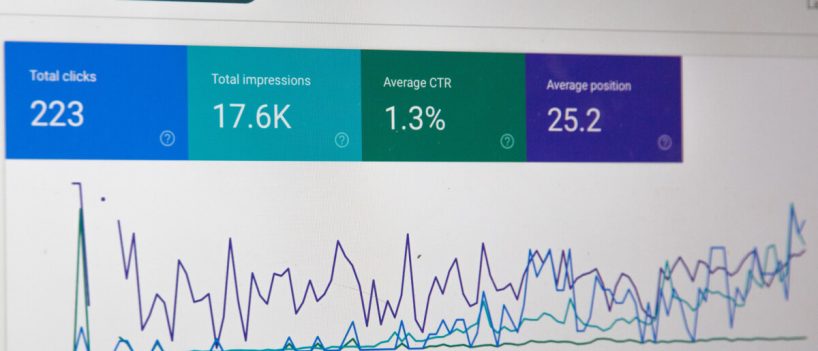
Google advertising campaigns are an integral part of many marketing strategies for organizations. Paid search traffic is one of the best ways to get your most targeted visitors to your site quickly. Google Ads Testing is the process of testing your existing Google Ads campaigns and ads to see how effective they are. A well-designed review will help you identify issues that need fixing, identify areas for improvement, and provide a clear picture of your Google Ads performance.
But are your google ads campaign audit working or are you wasting money on marketing? Testing Google Ads will help you find the answer.
The purpose of all tests is to provide a clear application based on the information collected. To successfully test Google Ads, follow these steps:
The research process, the benchmark against which performance will be measured must be described. Without these metrics, it would be difficult to determine which ads are most effective. Good questions to ponder; What is a “good” conversion rate for a website? On average, how many clicks can you expect for every 1000 ad views? Setting these criteria allows you to identify effective ads that need improvement.
Now it’s time to review your entire Google Ads account and update your layout and campaign settings. The following should be considered. Are there different campaigns? Are ad groups meaningful within each campaign? Or do I need to regroup by other criteria? Does the query combination for each ad group indicate that additional ad groups should be created or merged?
100% hard to find when setting up your Google Ads account for the first time. Updating your historical performance data can help you adjust your campaign settings and improve your ads to get the most effective paid searches.
Google Quality Effects gives each ad and keyword combination an average of 0 to 10. The school is built on three core elements. keyword? Estimated Click-through Rate: Compares the ad click-through rate for all keyword-targeted ads. Landing page experience: Analyze the landing page your ad points to. How does this page relate to people who clicked on your ad? How easy is it to navigate and interact with?
The higher quality results you get for your ads, the less you pay per click and the more likely your ads will appear where they matter most. You need to edit and update Quality Score data for campaigns, ad groups, and specific keywords. This can help you identify potential jobs so you can prepare or at least stop spending money.
Sometimes it’s the prediction page, not the Google ads, that’s causing the problem.
Your ads can be more relevant and effective for click-through rates. However, if these ads don’t match the user’s intent or point to a difficult-to-interact prediction page, it will affect the performance of all ads.
You usually need to create a new landing page with long tail keywords. Ads for “small wooden toys” should direct people to a landing page with wooden toys for children and should not direct traffic to the general “/toys/” section of the site.
The Google Ads test should also include a list of invalid keywords. Any keywords driving traffic that don’t match your value proposition. You should always track and update your list of incorrect keywords to make sure you are not losing money on less important visitors.
You can also view temperature maps on the Google Ad forecast page to identify obstacles and improve calls to action with the help of PPC campaign audit. Understanding and then implementing these stats helps you get the most out of every Google Ads click.




